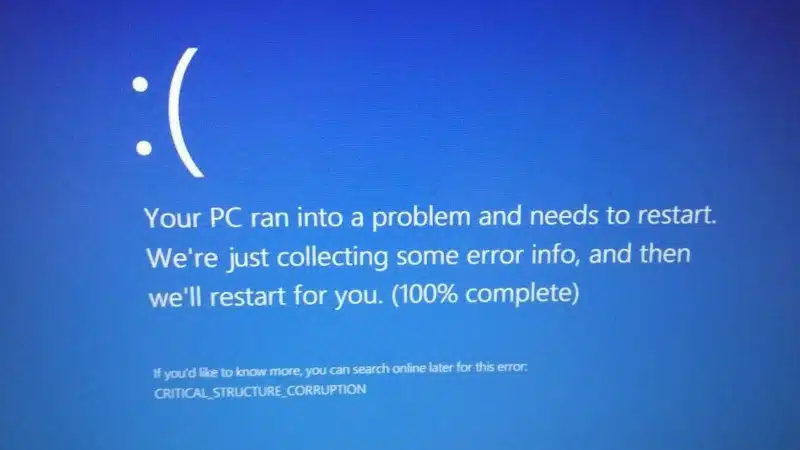Windows system corruption is a common issue that can severely disrupt your computer activities. It is crucial to recognize the signs and know how to fix them. This blog post will explore the causes of Windows system corruption and provide practical solutions to resolve these issues.
Common Causes of Windows System Corruption
Windows system corruption can occur for various reasons, making it essential to identify the root cause. One of the most prevalent causes is a sudden power loss. When a computer loses power unexpectedly, critical system files can become corrupted. Therefore, using an uninterruptible power supply (UPS) is advisable.
Secondly, malware infections can severely damage system files. Malicious software can delete or alter essential files, leading to corruption. It is crucial to use reliable antivirus software and update it regularly to prevent this. Additionally, avoid downloading files from untrusted sources.
Another significant cause of Windows system corruption is hardware failure. Faulty RAM, hard drives, or other components can corrupt data. Regular hardware checks and timely replacements can mitigate this risk. Moreover, ensure that all hardware components are compatible with your system.
Furthermore, improper shutdowns or system crashes can also lead to corruption. Remember to shut down your computer to avoid encountering any issues properly. In addition, outdated or incompatible drivers can cause conflicts, leading to system file corruption. Keeping drivers up to date is essential for maintaining system integrity.
Lastly, user errors, such as accidentally deleting system files, can cause corruption. It is crucial to be cautious while performing tasks that involve critical system files. Therefore, always double-check before making any changes to system files.
Practical Solutions for Fixing Windows System Corruption
After understanding the causes, the next step is to explore solutions for fixing Windows system corruption. One effective method is the built-in System File Checker (SFC) tool. This tool scans and repairs corrupted system files. To use it, open the Command Prompt as an administrator and type sfc /scannow.
Another helpful tool is the Deployment Imaging Service and Management Tool (DISM). This tool can repair corrupted system images. To use it, open the Command Prompt as an administrator and type DISM /Online /Cleanup-Image /RestoreHealth.
If the abovementioned tools do not fix the problem, you can try restoring the system. A system restore will restore your system to its previous state when it worked properly. To start a system restore, type “System Restore” in the Windows search bar and follow the instructions.
In more severe cases, you might need to reinstall Windows. This last resort ensures you replace corrupted files. Before proceeding, back up all important data to prevent data loss.
Additionally, running regular maintenance checks can prevent future system corruption. Update your operating system and software regularly to protect against vulnerabilities. Moreover, routine scans with antivirus software detect and remove malware.
In conclusion, various factors such as power loss, malware, hardware failure, improper shutdowns, and user errors can cause Windows system corruption. By understanding these causes and implementing practical solutions like SFC, DISM, system restore, and regular maintenance, you can prevent and fix system corruption, ensuring your computer runs smoothly.
If you’re experiencing Windows system corruption and need expert assistance, visit PCMechanic Computer Repair in Davenport, FL, for reliable solutions.


